For those farmers that are racing fans, the going across nearly all farms could be described as ‘good-to-firm’.
Grazing conditions have been excellent since turnout, with the only thing causing farmers to take the foot off the throttle being reduced grass growth.
From talking to farmers over the past number of weeks, regrowth on paddocks grazed early appears strong, with these paddocks having good clean-outs, indicating some high quality grass for the second round.
The need to slow down the rotation is very farm-specific. Some farms can continue grazing day and night with no buffer required, while others will have to introduce a buffer at milking times or house cows by night temporarily to slow the rotation down.
The appetite of early calved cows should have been increasing over the past few weeks, so caution needs to be taken that allocations of grass are matching the cow’s needs.
Everyone likes to see good graze outs, but they shouldn’t be at the expense of the cow’s energy balance
If they haven’t been grazed already, any wetter ground should be grazed off while conditions remain good. Depending on nutrient requirement, it might also be a good opportunity to get slurry out on these paddocks, as they are likely skipped over in a wetter year.
For beef farmers, although growth remains on the low side, conditions are good enough to turn out some freshly calved cows and take some pressure off housing.
The promised cold snap is set to subside towards the weekend, so assess suitable sheltered paddocks between now and then.
Growth remains low on certain farms but some are recording in excess of 20kg DM/ha/day growth. Walk and measure your farm and assess growth.Stick to the spring rotation planner. Don’t be tempted to exceed targets as a lack of grass in April is much more costly than buffering with silage now.Graze off wetter paddocks if they haven’t been already and take the opportunity to get some slurry/FYM on these.Ger Pardy – Birr, Co Offaly
Grazing conditions remain exceptional. We have 40% of the milking platform grazed to date, with cows out day and night from calving.
At the minute we are grazing heavy ground that we wouldn’t normally dream of grazing at this time of the year.
Cows are being buffer-fed with silage at milking time. We are targeting a mix of light and heavy covers and the silage just ensures that cows are being fed to appetite.
Regrowths are good, with these having received a round of slurry and a round of dairy washings. Anything that didn’t receive slurry got a half bag of urea on 20 February, with covers now nicely greened up.
Stocking Rate (cows/ha) 2.7
Growth Rate (kg/day) 25
Average Farm Cover (kg/ha) 870
Yield (l/cow) 24
Fat % 4.91
Protein% 3.37
Milk Solids (kg/cow) 2.04
Supplement fed (kg/cow/day) 4
Donal Patton – Teagasc Ballyhaise, Co Cavan
We are on 12-hour breaks for the most part, allocating 12-13kg of grass/cow.
This week we were grazing covers of 800-1,000kg in some of the lower paddocks that tend to flood while the weather still allows us to graze these.
Hopefully we will get slurry on these paddocks this week. To date 27% of the platform has been grazed, which is a little ahead of target for us.
We are normally on-off grazing or having to house cows this time of the year, with us getting through ground quicker more to do with being able to graze full time rather than low growth.
Stocking Rate (cows/ha) 1.7
Growth Rate (kg/day) 15
Average Farm Cover (kg/ha) 874
Yield (l/cow) 19
Fat % 5.63
Protein% 3.67
Milk Solids (kg/cow) 1.82
Supplement fed (kg/cow/day) 3
Jim Garry – Ballynacally, Co Clare
You could really see the growth in the last week. Our paddocks that were grazed first at the end of January/beginning of February now have up to 1,000kg of a cover on them.
We have 41% grazed to date, so we are a little ahead of target. To slow down the rotation we have cows in by night on silage. We will assess where cover is on next week’s grass measure.
Grazing conditions are excellent, and we are now targeting some of the clover paddocks to get light in to the base of these swards.
Despite being grazed at the end of October, some of these have 2,000kg of a cover on them.
Stocking Rate (cows/ha) 2.45
Growth Rate (kg/day) 27
Average Farm Cover (kg/ha) 1,070
Yield (l/cow) 23
Fat % 4.38
Protein% 3.45
Milk Solids (kg/cow) 1.85
Supplement fed (kg/cow/day) 4
For those farmers that are racing fans, the going across nearly all farms could be described as ‘good-to-firm’.
Grazing conditions have been excellent since turnout, with the only thing causing farmers to take the foot off the throttle being reduced grass growth.
From talking to farmers over the past number of weeks, regrowth on paddocks grazed early appears strong, with these paddocks having good clean-outs, indicating some high quality grass for the second round.
The need to slow down the rotation is very farm-specific. Some farms can continue grazing day and night with no buffer required, while others will have to introduce a buffer at milking times or house cows by night temporarily to slow the rotation down.
The appetite of early calved cows should have been increasing over the past few weeks, so caution needs to be taken that allocations of grass are matching the cow’s needs.
Everyone likes to see good graze outs, but they shouldn’t be at the expense of the cow’s energy balance
If they haven’t been grazed already, any wetter ground should be grazed off while conditions remain good. Depending on nutrient requirement, it might also be a good opportunity to get slurry out on these paddocks, as they are likely skipped over in a wetter year.
For beef farmers, although growth remains on the low side, conditions are good enough to turn out some freshly calved cows and take some pressure off housing.
The promised cold snap is set to subside towards the weekend, so assess suitable sheltered paddocks between now and then.
Growth remains low on certain farms but some are recording in excess of 20kg DM/ha/day growth. Walk and measure your farm and assess growth.Stick to the spring rotation planner. Don’t be tempted to exceed targets as a lack of grass in April is much more costly than buffering with silage now.Graze off wetter paddocks if they haven’t been already and take the opportunity to get some slurry/FYM on these.Ger Pardy – Birr, Co Offaly
Grazing conditions remain exceptional. We have 40% of the milking platform grazed to date, with cows out day and night from calving.
At the minute we are grazing heavy ground that we wouldn’t normally dream of grazing at this time of the year.
Cows are being buffer-fed with silage at milking time. We are targeting a mix of light and heavy covers and the silage just ensures that cows are being fed to appetite.
Regrowths are good, with these having received a round of slurry and a round of dairy washings. Anything that didn’t receive slurry got a half bag of urea on 20 February, with covers now nicely greened up.
Stocking Rate (cows/ha) 2.7
Growth Rate (kg/day) 25
Average Farm Cover (kg/ha) 870
Yield (l/cow) 24
Fat % 4.91
Protein% 3.37
Milk Solids (kg/cow) 2.04
Supplement fed (kg/cow/day) 4
Donal Patton – Teagasc Ballyhaise, Co Cavan
We are on 12-hour breaks for the most part, allocating 12-13kg of grass/cow.
This week we were grazing covers of 800-1,000kg in some of the lower paddocks that tend to flood while the weather still allows us to graze these.
Hopefully we will get slurry on these paddocks this week. To date 27% of the platform has been grazed, which is a little ahead of target for us.
We are normally on-off grazing or having to house cows this time of the year, with us getting through ground quicker more to do with being able to graze full time rather than low growth.
Stocking Rate (cows/ha) 1.7
Growth Rate (kg/day) 15
Average Farm Cover (kg/ha) 874
Yield (l/cow) 19
Fat % 5.63
Protein% 3.67
Milk Solids (kg/cow) 1.82
Supplement fed (kg/cow/day) 3
Jim Garry – Ballynacally, Co Clare
You could really see the growth in the last week. Our paddocks that were grazed first at the end of January/beginning of February now have up to 1,000kg of a cover on them.
We have 41% grazed to date, so we are a little ahead of target. To slow down the rotation we have cows in by night on silage. We will assess where cover is on next week’s grass measure.
Grazing conditions are excellent, and we are now targeting some of the clover paddocks to get light in to the base of these swards.
Despite being grazed at the end of October, some of these have 2,000kg of a cover on them.
Stocking Rate (cows/ha) 2.45
Growth Rate (kg/day) 27
Average Farm Cover (kg/ha) 1,070
Yield (l/cow) 23
Fat % 4.38
Protein% 3.45
Milk Solids (kg/cow) 1.85
Supplement fed (kg/cow/day) 4



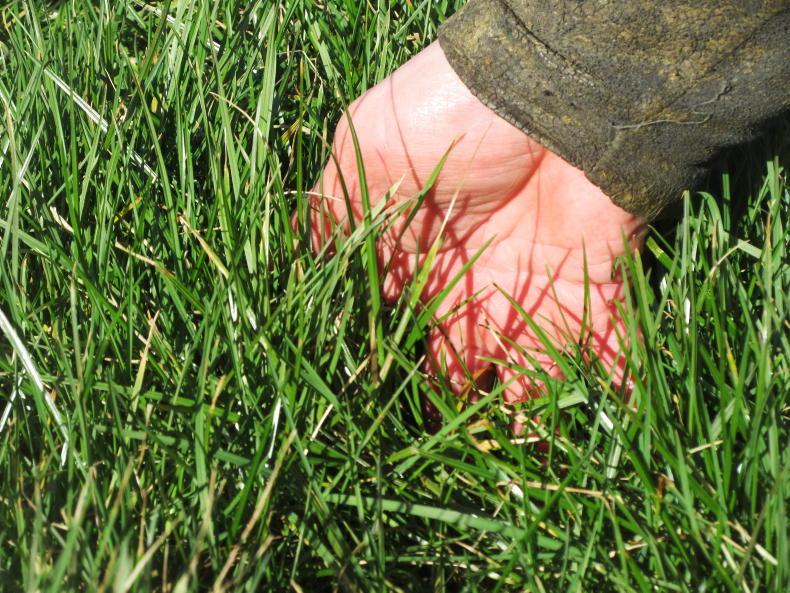

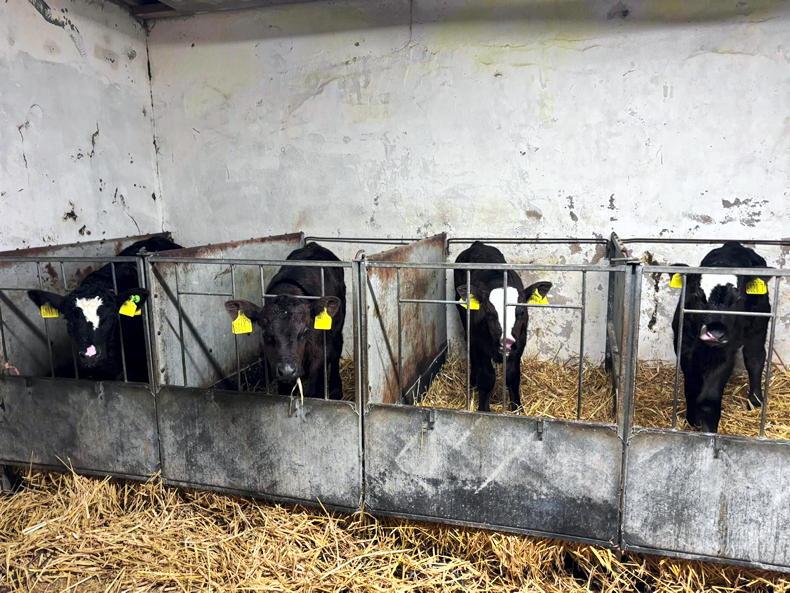

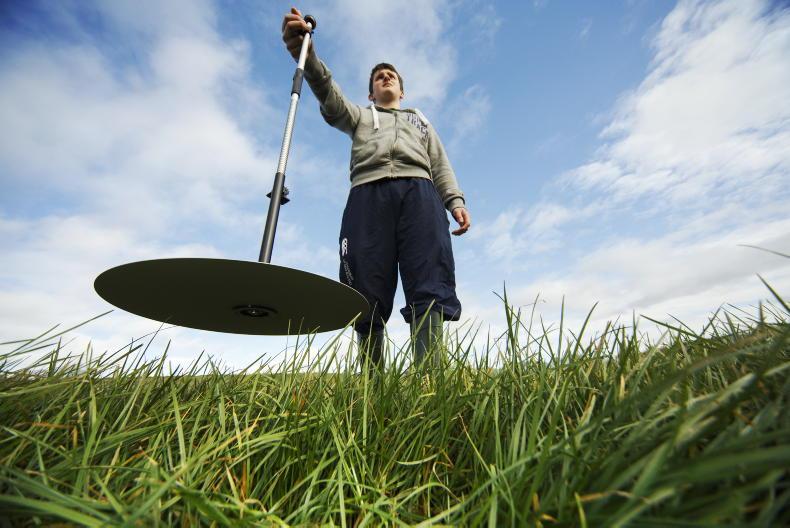
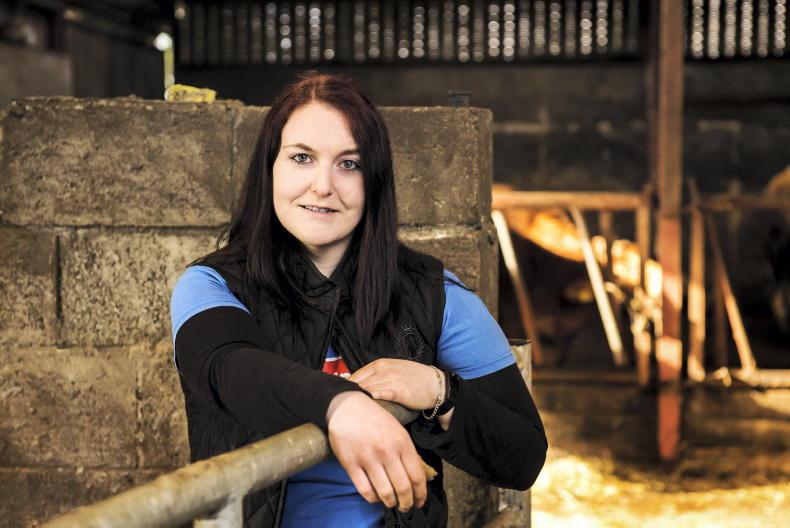
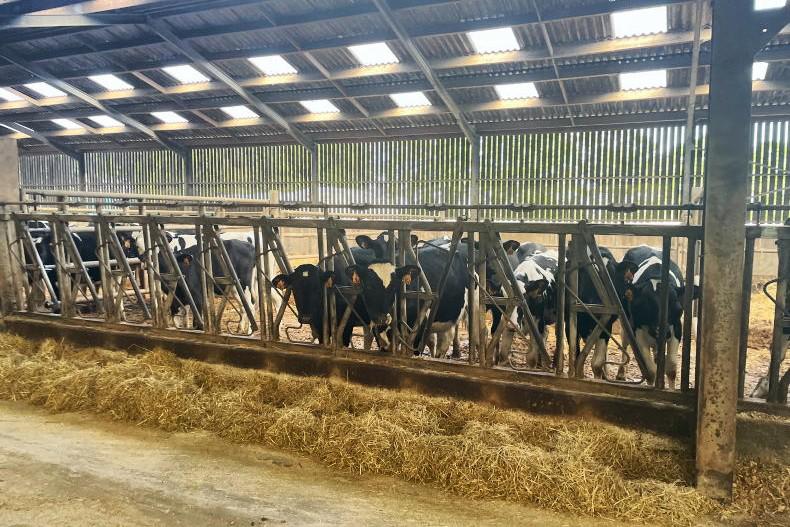
SHARING OPTIONS